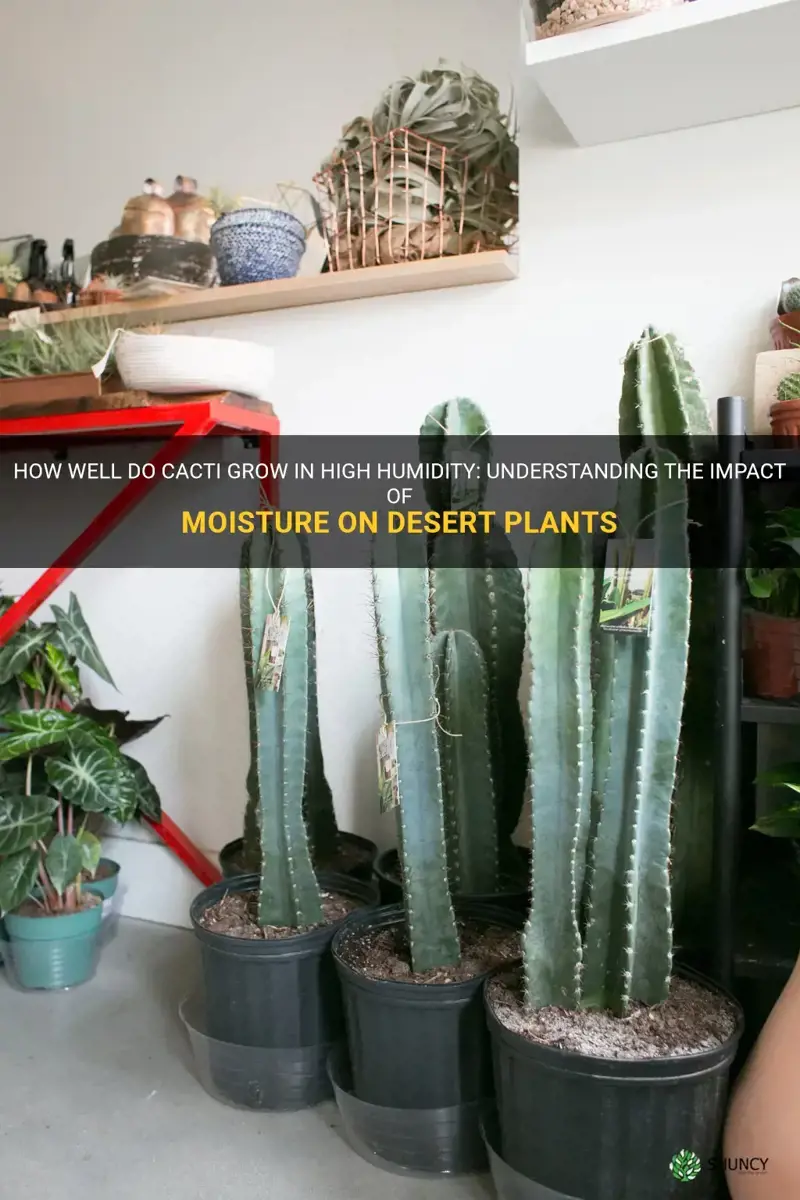Do cacti like humidity? It’s a question that may initially seem straightforward, but the answer reveals intricate nuances about the preferences and adaptations of these remarkable plants. When one thinks of cacti, images of arid deserts with scorching sun often come to mind. However, understanding how they interact with humidity can shed light on their care and cultivation.
Humidity presents a stimulating challenge to cactus aficionados, as it may greatly influence the health and longevity of these resilient plants. To delve into this topic, it is essential to explore how cacti adapt to their environments, the physiological aspects of humidity, and the implications for gardeners.
Let’s embark on this journey of discovery together—how do cacti fare in the presence of humidity?
Understanding Cacti’s Natural Habitat
Cacti primarily originate from regions characterized by dry climates. The deserts of North America hold a multitude of cactus species, each with evolutionary traits designed for drought resilience. Their thick, fleshy stems serve as water reservoirs, allowing these remarkable plants to endure prolonged periods of low moisture.
These desert environments feature minimal humidity, which is a defining characteristic. Generally, a humidity level below 50% is typical in these regions. This has raised a captivating question: how do cacti respond when exposed to higher humidity levels? The answer lies in their extraordinary adaptability.
Cacti have evolved to withstand extreme conditions, but their success is not solely predicated on desiccation tolerance. Instead, they possess mechanisms for coping with transient atmospheric variations, including occasional increases in humidity. This adaptability creates the potential for cultivation challenges, especially for indoor growers or those residing in naturally humid regions.
Humidity and Its Effects on Cacti
Excessive humidity can introduce a double-edged sword for cacti. On one hand, certain species can handle elevated humidity levels, particularly if the fluctuation resembles their ephemeral rain events in the wild. On the other hand, an environment persistently rife with moisture can lead to problems, especially if the accompanying heat is present.
The primary concern with high humidity is the increased risk of fungal infections and rot. Cacti are not designed to thrive in wet soil. Their roots require ample ventilation and dryness to function optimally. When humidity levels rise, coupled with inadequate air circulation, it creates a perfect storm for pathogens to encroach upon the plant.
This susceptibility highlights the importance of potting mixes and drainage solutions. Using a coarse, well-draining soil is vital, as it prevents excess moisture accumulation. Incorporating materials such as perlite or pumice can greatly aid in this regard. Managing moisture levels while accounting for ambient humidity becomes key in sustaining the health of your cacti.
Indicators of Humidity Preference Among Cacti
While some cacti can tolerate higher humidity, not all species are created equal in this respect. For instance, Opuntia and Echinocactus tend to fare better in humid environments than more sensitive species such as Mammillaria or Rebutia. It is essential to consider the specific preferences of each cactus species for optimal care.
Understanding the origins of your plants can provide insights into their humidity preferences. For example, cacti hailing from coastal regions may find the elevation in humidity more palatable, as they are accustomed to the moister air. Conversely, those from inland deserts may struggle in similar conditions.
Additionally, observing your cacti can also serve as an informative gauge. Signs of distress, such as wilting or discolored spots, may indicate that the humidity levels are unfavorably high for that specific species. Regular monitoring can lead to more effective indoor or outdoor cactus cultivation.
Creating A Balanced Environment
The challenge of humidity can be alleviated by balancing indoor environmental conditions. Utilizing dehumidifiers or strategically placed fans can help maintain lower humidity levels where necessary. Proper airflow is crucial for cacti to thrive in areas with elevated ambient moisture. Moreover, consider placing cacti in bright, sunny spots to aid in the evaporation of excess moisture and discourage fungal growth.
For those wishing to cultivate cacti in humid areas, the use of terrariums may present an intriguing alternative. These enclosed environments allow for regulated humidity and heat, performing as mini-ecosystems. However, concise management is required to ensure humidity doesn’t spiral out of control within these glass settings.
Conclusion
As our exploration of cacti and humidity winds down, we recognize that these resilient plants are not merely passive entities; rather, they are dynamic organisms with distinctive needs and preferences. While many cacti may exhibit some tolerance to humidity, excessive moisture can pose significant threats to their health if not managed carefully.
In answering the question posed at the beginning—do cacti like humidity?—it becomes apparent that the answer is complex. Ultimately, the environment plays a crucial role in determining a cactus’s well-being. Careful consideration of species-specific needs and environmental control can make a world of difference, leading to a vibrant and thriving cactus collection.





Leave a Comment